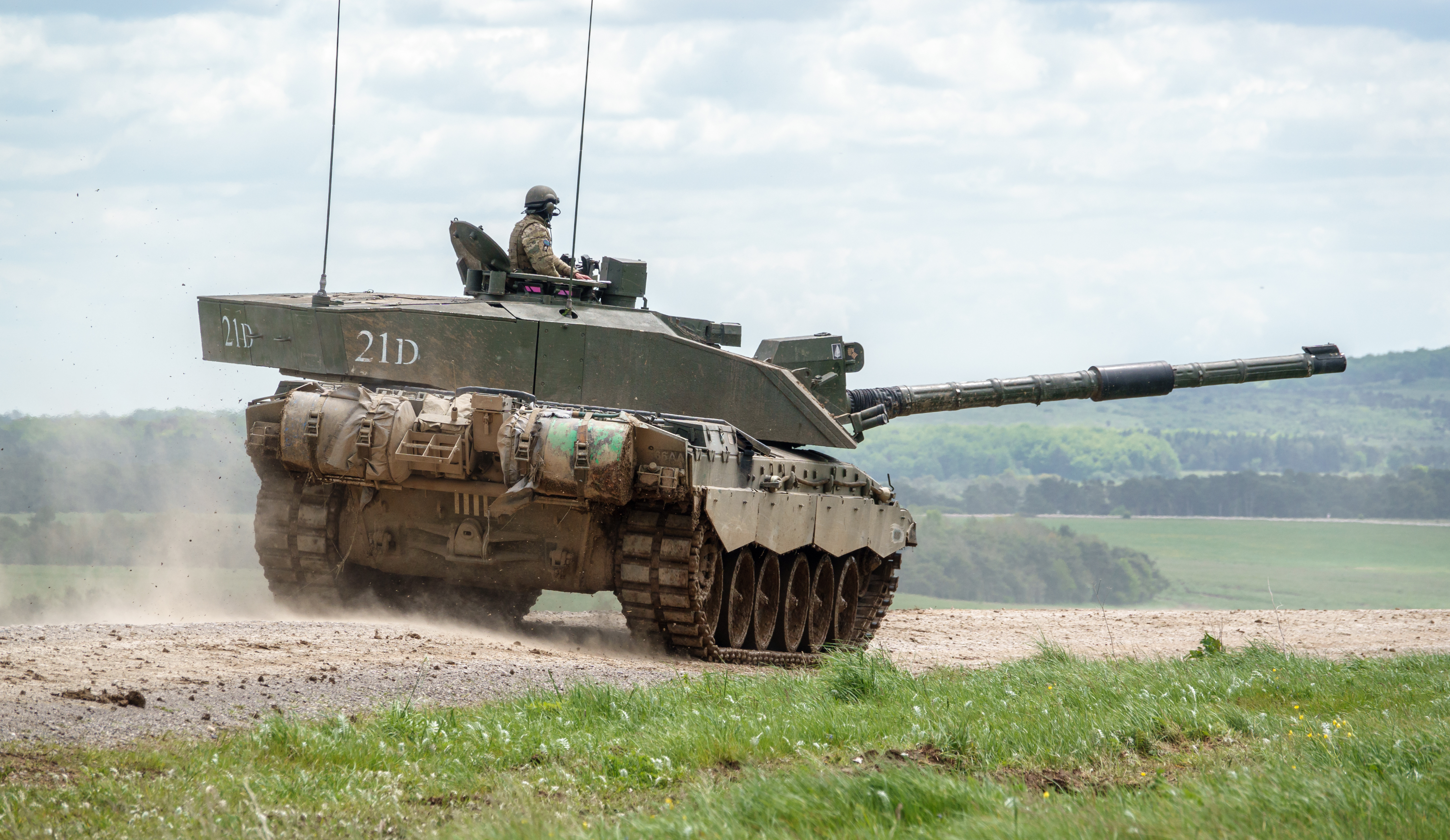A British weather watcher will blame any number of problems on the climate. But it would be detrimental to national security if a tank or aircraft engine failed because of the weather. Using a quick water-repellent aerosol spray on a car would cure its dampness problems, but the requirements of tank and jet engineers are both larger and much more complex, as Munters, leading suppliers of dehumidification systems, can testify through their work for the Ministry of Defence (MoD) in the UK.
Kurzinfo
- Climate control
- Reduce costs
- Equipment can be continuously run at full power
- After-sales service
The MoD is responsible for ensuring that military vehicle systems are available for action anywhere in the world. The MoD operates purpose-built climate laboratories to test and evaluate equipment under the most severe climate conditions. Using such facilities is more economical and results in higher reliability, precision, and test repeatability than old-fashioned methods of shipping equipment to the world’s remotest spots. The service provided to the MoD is now available to private-sector customers. In large chambers the climatic conditions can be controlled, ranging from arctic to tropical, from high to low altitudes, enabling all sizes of equipment from handheld devices to main battle tanks to be put through their paces. Equipment can be run at full power continuously, and trials can be conducted via remote control or with vehicle crews and equipment operators present. Physiological trials can also be conducted when vehicle crews and equipment operators are present.
In order to create the extreme hot and cold conditions on such a large scale, it has been essential to use Munters dehumidifiers. Internal combustion or gas turbine engines with power ratings up to 1,120 kW can be run continuously at temperatures ranging from -57°C to 72°C without a deterioration of the climatic conditions within the chambers. The MoD chambers are saved by four of the larger dehumidifiers in Munters range, to maintain a low dewpoint of -60°C. This low dewpoint is necessary to prevent precipitation at temperatures as low as -57°C. During an intensive six-week period, a Munters service team replaced drying wheels on two M25000 and two M50000 units, which had been operating efficiently for twelve years. The replacements were made as part of the after-sales support service offered by Munters to all its customers. This includes both standard services and custom-made alternatives to meet the customers’ needs throughout the lifetime of their Munters equipment. An extensive range of service options are available after installation and delivery of Munters equipment, ranging from simple commissioning to comprehensive maintenance agreements and breakdown contracts with guaranteed high priority responses. Preventive maintenance visits, optimum efficiency checks, overhauls, and repairs are also available (with loan equipment available for service), as well as an impregnation service for Munters wheels. The MoD values Munters’ contribution in terms of technology and support, which help to ensure that the laboratory provides an unparalleled service that distinguishes it from national and European competitors. How do Munters dehumidifiers work? All Munters sorption dehumidifiers are based on a rotor. The rotor is made of glass fibre (silicagel) with high effective moisture absorbent. Silicagel rotors dehumidify effectively at all humidity levels, even at extremely high ones. Two air streams pass, simultaneously, through two sectors of the slowly rotating rotor. One air stream is dehumidified to provide the necessary dry air to maintain the required humidity level.
Kurzinfo
- Climate control
- Reduce costs
- Equipment can be continuously run at full power
- After-sales service



